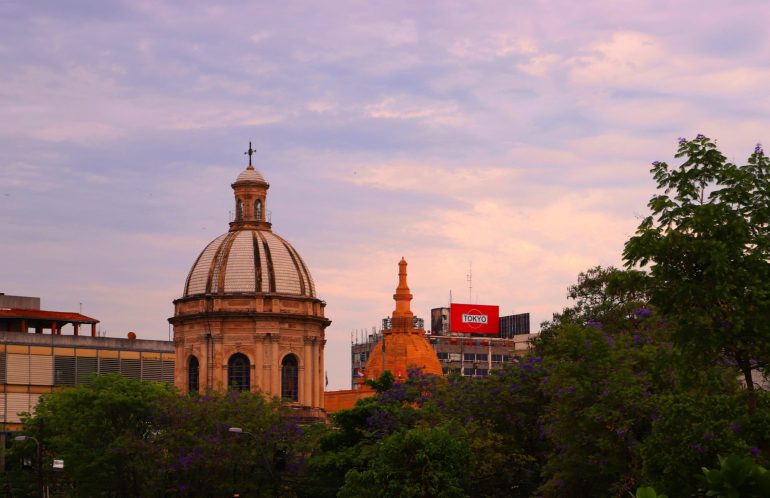The 2025 winter holiday season brought positive results for Paraguay’s hotel sector, with occupancy levels exceeding expectations in several regions. Three hotel associations conducted surveys in their respective areas and reported strong performance, contributing to the Winter tourism boom.
The Paraguayan Hotel Industrial Association (Aihpy on Instagram) collected data from July 14 tot 25, recording occupancy levels between 70% and 90%. The survey covered establishments in Asunción and Greater Asunción, Cordillera, Chaco Central, Alto Paraná, Itapúa, Guairá, and Canindeyú.
Visitor demographics
The majority of visitors (60%) were families, with 40% travelling for business. A significant portion of the tourists were from abroad. Argentina accounted for 44% of international visitors and Brazil 16%. Domestic tourists made up 30% of the total, with the remaining 10% coming from other countries.
Paraguay is the country with the highest tourism growth, as per the World Tourism Barometer of United Nations Tourism. In the first quarter of 2025, the nation recorded a remarkable 53% increase compared to the prior year. The top three countries in the tourism rankings are exclusively South American, with Brazil and Chile each achieving a notable 48% growth.
Itapúa reaches 80% occupancy, Alto Paraná 90%
In Itapúa, the Itapúa Hotel Association (Ashoit) reported occupancy levels reaching 80%, peaking on weekends in destinations like Encarnación, Jesús, Trinidad, Bella Vista and San Cosme y Damián. Religious, cultural, rural, and gastronomic tourism offerings proved particularly attractive to families choosing domestic holidays. Ashoit highlighted the quality of service, and Itapúa’s growing appeal as a winter destination.
The Alto Paraná Hotel Association (Ashotel) reported 90% occupancy, with a substantial number of tourists from Argentina, Brazil, and Paraguay, alongside its usual corporate clientele.
This data reflects the high level of tourist activity and considerable interest in Paraguayan destinations during the winter break. It reinforces the importance of continued collaboration between the public and private sectors for sustainable tourism development in Paraguay.


